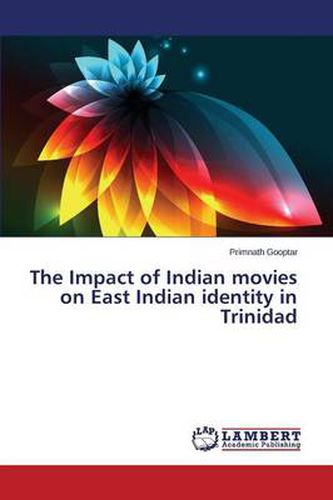Readings Newsletter
Become a Readings Member to make your shopping experience even easier.
Sign in or sign up for free!
You’re not far away from qualifying for FREE standard shipping within Australia
You’ve qualified for FREE standard shipping within Australia
The cart is loading…






This title is printed to order. This book may have been self-published. If so, we cannot guarantee the quality of the content. In the main most books will have gone through the editing process however some may not. We therefore suggest that you be aware of this before ordering this book. If in doubt check either the author or publisher’s details as we are unable to accept any returns unless they are faulty. Please contact us if you have any questions.
East Indians arrived in Trinidad between 1845 -1917 as Indian indentured immigrants and settled as part of the cocoa and sugar plantation systems. They were ostracized, ridiculed and made to think that they did not belong in the society. However, they were able to re-create aspects of their motherland’s society (India) based on cultural memory and the need for identity. By the 1930, their cultural patterns were facing calcification due to a lack of creativity and the inherent pressures associated with survival in an alien society. There were no new sources of Indian music and culture for them and there was a preoccupation with the preservation of culture rather than creativity in the culture. The arrival of Indian movies in 1935 served as a catalyst for the revival of many aspects of their religious and cultural traditions and the evolution of a new East Indian identity in Trinidad. Its impact was felt in many aspects of East Indian life in Trinidad, from the temples and mosques, leisure time, dress, songs, dance to general everyday living. Indian movies functioned as the axis mundi in the emergence of a stronger, more dynamic Indo- cultural presence in Trinidad.
$9.00 standard shipping within Australia
FREE standard shipping within Australia for orders over $100.00
Express & International shipping calculated at checkout
This title is printed to order. This book may have been self-published. If so, we cannot guarantee the quality of the content. In the main most books will have gone through the editing process however some may not. We therefore suggest that you be aware of this before ordering this book. If in doubt check either the author or publisher’s details as we are unable to accept any returns unless they are faulty. Please contact us if you have any questions.
East Indians arrived in Trinidad between 1845 -1917 as Indian indentured immigrants and settled as part of the cocoa and sugar plantation systems. They were ostracized, ridiculed and made to think that they did not belong in the society. However, they were able to re-create aspects of their motherland’s society (India) based on cultural memory and the need for identity. By the 1930, their cultural patterns were facing calcification due to a lack of creativity and the inherent pressures associated with survival in an alien society. There were no new sources of Indian music and culture for them and there was a preoccupation with the preservation of culture rather than creativity in the culture. The arrival of Indian movies in 1935 served as a catalyst for the revival of many aspects of their religious and cultural traditions and the evolution of a new East Indian identity in Trinidad. Its impact was felt in many aspects of East Indian life in Trinidad, from the temples and mosques, leisure time, dress, songs, dance to general everyday living. Indian movies functioned as the axis mundi in the emergence of a stronger, more dynamic Indo- cultural presence in Trinidad.